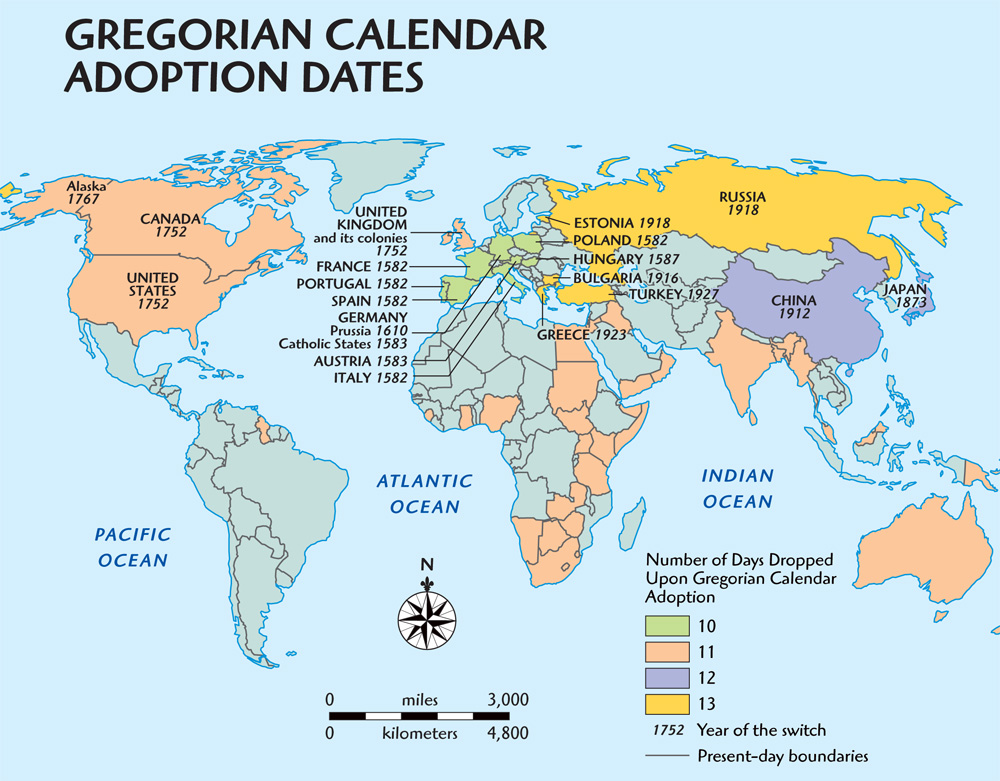Ovo je poduzi uvod teme i bice potrebno dve liste Mesecevih eklipsi , nesto pojmova starog kalendara da bi se moglo da racuna. Ostavljene su u navedenom periodu
od 22. do 40te godine nove ere *
i eklipse u mesecima od Februara do (zakljucno ) Juna.
04876 0022 May 04 23:00:32 10310 -24461
70 T a- 0.4715 1.9669 1.0181 304.8 189.1 20.1 15S 56E
04878 0023 Mar 26 02:29:29 10301 -24450
42 N -h -1.4336 0.2416 -0.7867 141.4 - - 2S 7E
04879 0023 Apr 24 13:29:16 10301 -24449
80 N h- 1.2579 0.5461 -0.4467 199.2 - - 11S 160W
04882 0024 Mar 14 06:25:48 10292 -24438
52 P -t -0.7407 1.5375 0.4608 329.6 156.0 - 3N 51W
04884 0025 Mar 03 06:19:48 10282 -24426
62 T- pp -0.0166 2.8684 1.7873 374.0 234.5 105.5 8N 49W
04886 0026 Feb 20 09:41:53 10273 -24414
72 P a- 0.7030 1.5882 0.5482 316.3 161.0 - 12N 98W
04889 0027 Feb 09 20:12:05 10263 -24402
82 N a- 1.3644 0.3484 -0.6397 158.1 - - 17N 104E
04893 0028 Jun 25 15:03:17 10249 -24385
59 P -t 0.5784 1.8204 0.7731 338.5 189.1 - 23S 176E
04895 0029 Jun 14 22:37:10 10240 -24373
69 T- p- -0.2151 2.4598 1.4666 336.6 216.6 91.2 24S 62E
04897 0030 May 06 06:10:02 10231 -24362
41 Ne -a 1.5348 0.0122 -0.9295 29.4 - - 14S 51W
04898 0030 Jun 04 12:55:00 10230 -24361
79 P a- -0.9517 1.0859 0.1371 252.5 79.9 - 23S 153W
04900 0031 Apr 25 23:02:48 10221 -24350
51 P -a 0.8386 1.2986 0.3395 272.2 123.0 - 12S 56E
04902 0032 Apr 14 11:56:36 10212 -24338
61 T+ pp 0.0997 2.6803 1.6697 345.1 222.7 100.6 9S 137W
04904 0033 Apr 03 17:37:53 10202 -24326
71 P t- -0.6813 1.6399 0.5764 332.8 170.1 - 5S 139E
04906 0034 Feb 22 01:44:01 10193 -24315
43 N -t 1.4918 0.1584 -0.9166 120.7 - - 12N 21E
04907 0034 Mar 23 18:02:46 10192 -24314
81 N t- -1.4215 0.2895 -0.7897 163.6 - - 1S 133E
04918 0038 Jun 05 21:40:23 10151 -24262
50 N -h -1.1165 0.7980 -0.1798 231.4 - - 24S 76E
04921 0039 May 26 13:13:25 10141 -24250
60 T -p -0.3391 2.2067 1.2641 310.3 200.2 71.0 21S 158W
04923 0040 May 15 06:26:43 10132 -24238
70 T a- 0.4009 2.0967 1.1473 309.7 196.3 55.3 18S 56W
- - - - - - - - - -
I opsada Carigrada i mesecevo pomracenje zbog tacnosti datuma ( dana u sedmici ) :The Fall of Constantinople (Greek: Ἅλωσις τῆς Κωνσταντινουπόλεως, Halōsis tēs Kōnstantinoupoleōs; Turkish: İstanbul'un Fethi Conquest of Istanbul) was the capture of the capital of the Byzantine Empire by an invading Ottoman army on 29 May 1453.
08325 1452 Jun 02 10:34:09 249 -6773
92 N -t -1.4244 0.2701 -0.7812 154.7 - - 24S 158W
08326 1452 Jul 02 00:45:25 249 -6772
130 N t- 1.3910 0.3392 -0.7275 175.5 - - 21S 10W
08328 1453 May 22 17:19:57 248 -6761
102 P -t -0.6067 1.7450 0.7446 315.4 178.2 - 23S 100E
08330 1454 May 12 06:55:11 247 -6749
112 T+ p- 0.1683 2.5265 1.5715 320.4 210.9 93.7 20S 104W



